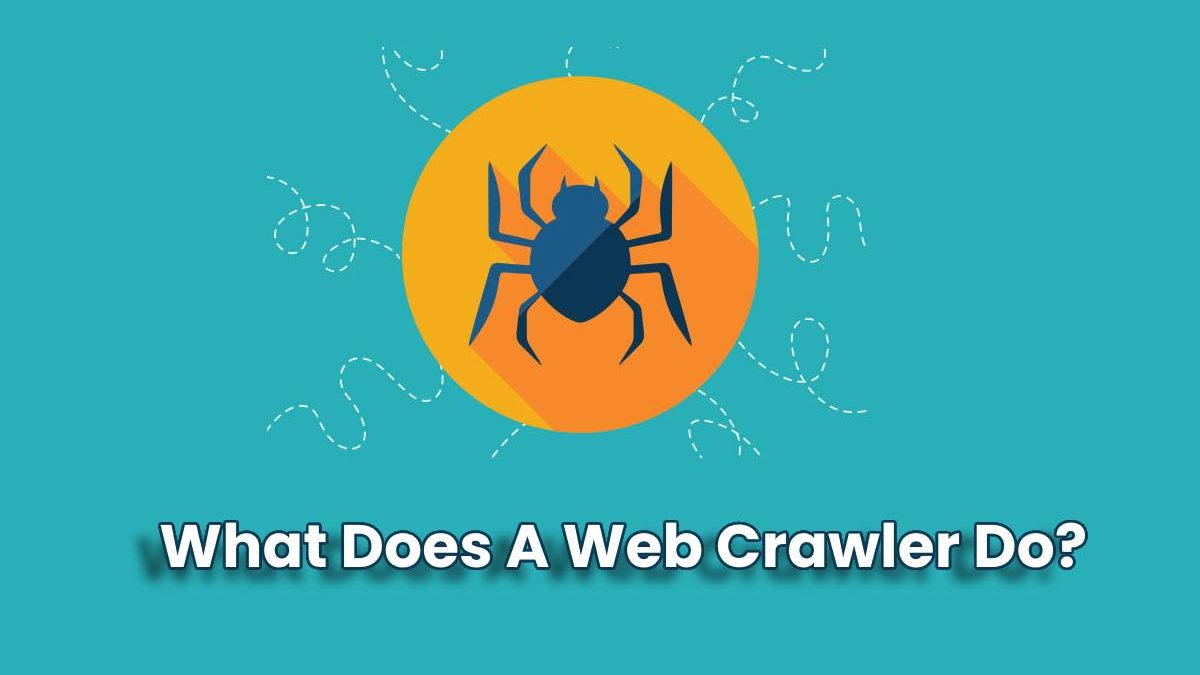What Does A Web Crawler Do
A web crawler, sometimes also called a spider, is a computer program that systematically browses the World Wide Web, generally for the purpose of web searching (e.g., web crawling). That is the meaning of crawling; web crawlers index web pages so that search engines can efficiently search them for information. A search engine, or indexer, takes a snapshot of a website’s contents and then searches it for relevant information based on a number of factors. For instance, the indexer might scan for specific terms or keywords, or browse through the entire site to find relevant links.
One example of a web crawler is Googlebot, which is commonly referred to as Google. Googlebot is able to do many things such as index RSS feeds, collect email addresses, scan sites for content and categorize search results and much more. Googlebot is most commonly known as Google, or its alternate form Google News. Google’s other sister companies, such as Overture and Yahoo, are not only responsible for much of the web development and search technology behind Google, but they are also capable of creating very sophisticated crawlers known as Google scrappers. Yahoo and Overture also scrap websites for advertisements.
A separate component known as a spider will follow the links from the index pages and follow the original links from web pages, it scans for indexing purposes. In order to complete this task, the spider must visit each web page several times, or follow a path of several index pages back to the beginning. A web crawler is software that uses various technologies and programs to search and visit the World Wide Web and find relevant sites. A web crawler can crawl all types of web pages, although some of the most popular search engines are able to crawl through only a few sites at one time.
The search engines use crawlers to perform an extensive amount of their analysis, which includes the details about where a web page is located, how long it has been on the web, how popular it is, and what other sites are linking to it. The search engines use crawlers to help them gather and organize data from all the different websites on the web so that they can produce keyword focused content. This is known as search engine optimization or SEO, and the crawling bots are responsible for collecting the information from the various sites.
Web crawlers are also responsible for collecting statistics about the pages on the web so that the search engines can make the most effective changes to their algorithms. In addition to these statistics, each web page is monitored so that changes can be applied as soon as possible if necessary. Each website is independently evaluated in order to determine which keywords are bringing in the most traffic. These statistics and algorithms are known as “robot logic” by search engines and “web analytics” by users.
The purpose of the spider is to find specific links to web pages and index the contents so that these can be seen by human visitors to the site. When the crawling robot moves through a website, it reads and scans the text, images, logos, videos, and links to help it determine what the page is about. For example, if someone were searching for information on the inner workings of a computer, the search engine would not want to show just plain text documents. Instead, it would want to present navigation bars and detailed graphs that are all linked to other relevant content so that the user can get the full picture.

